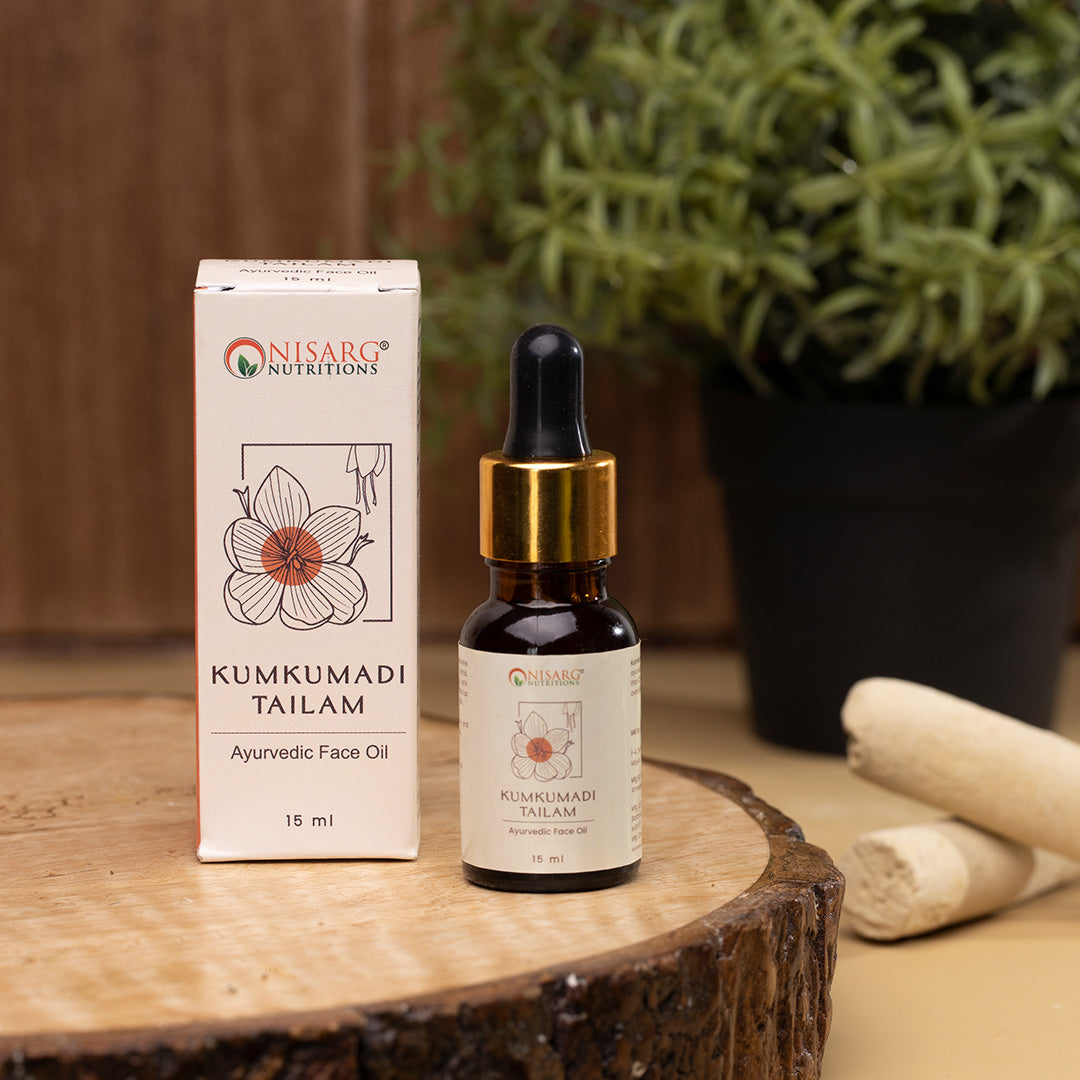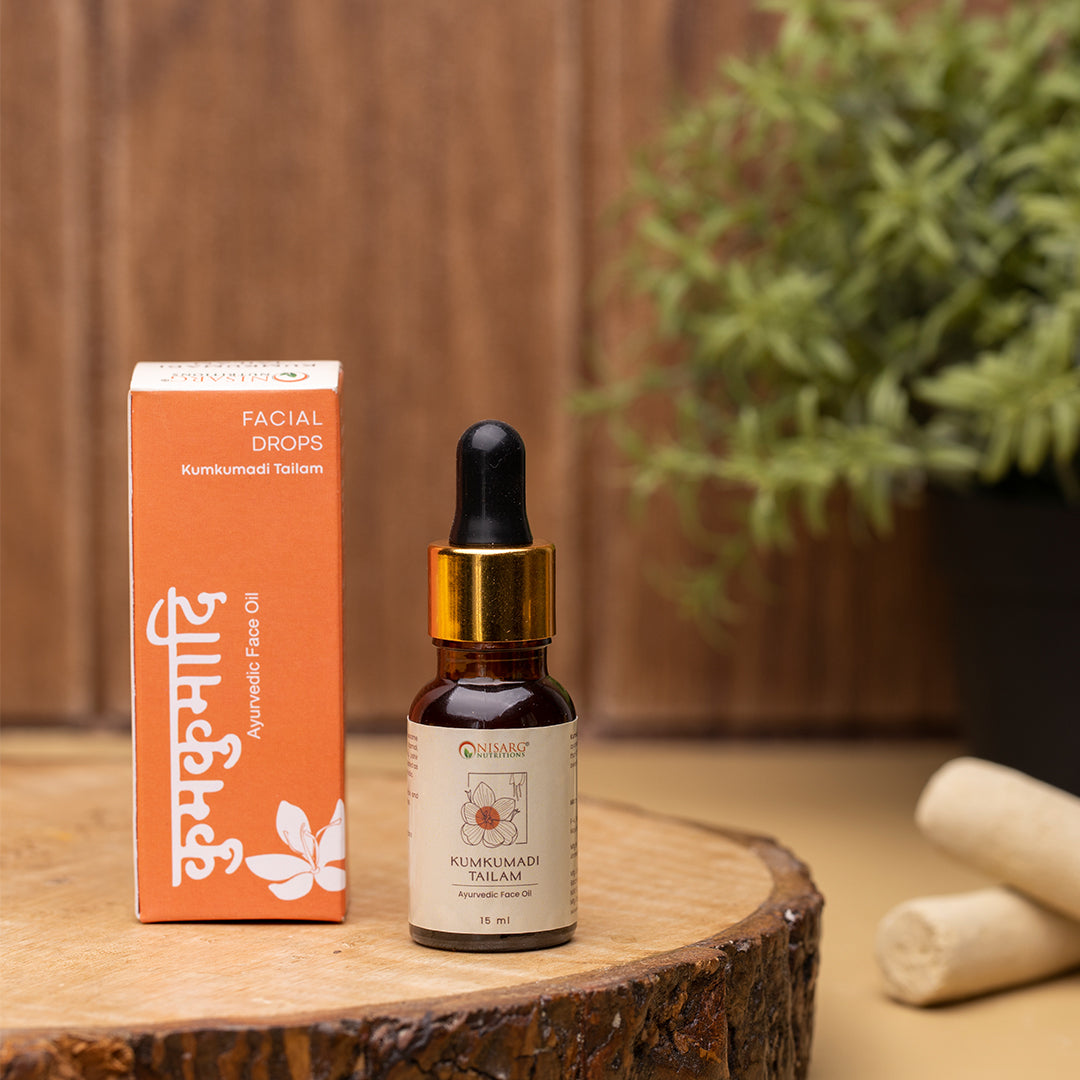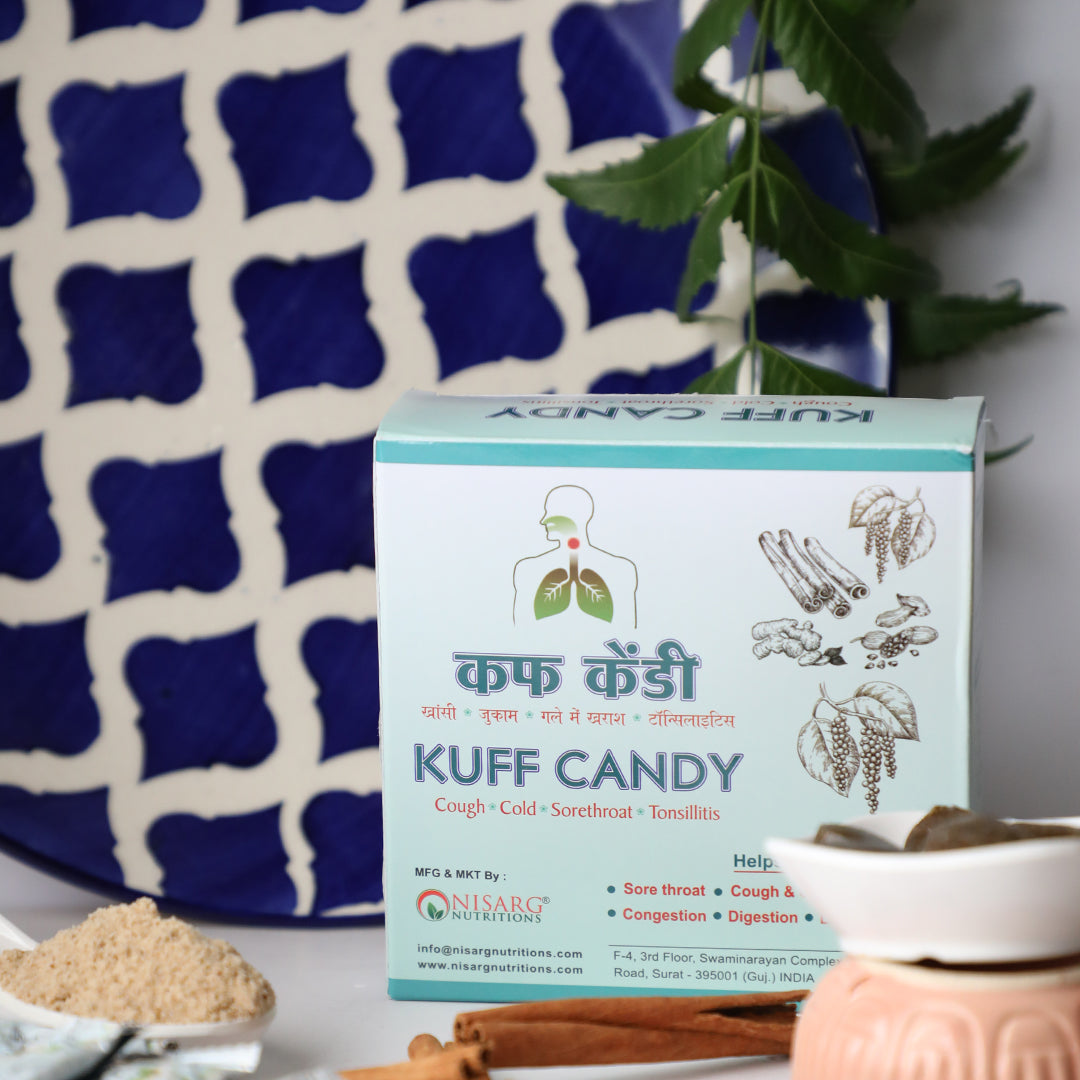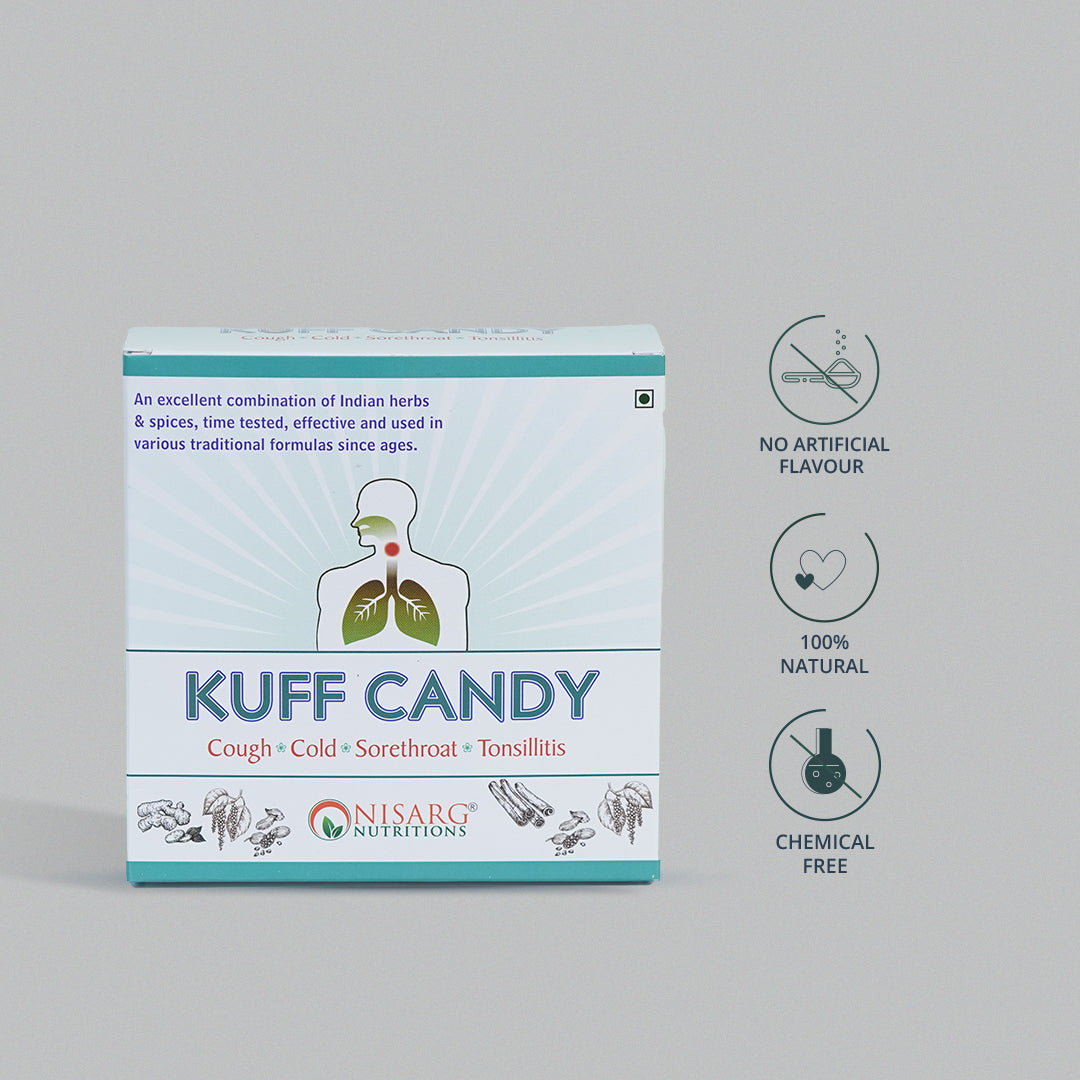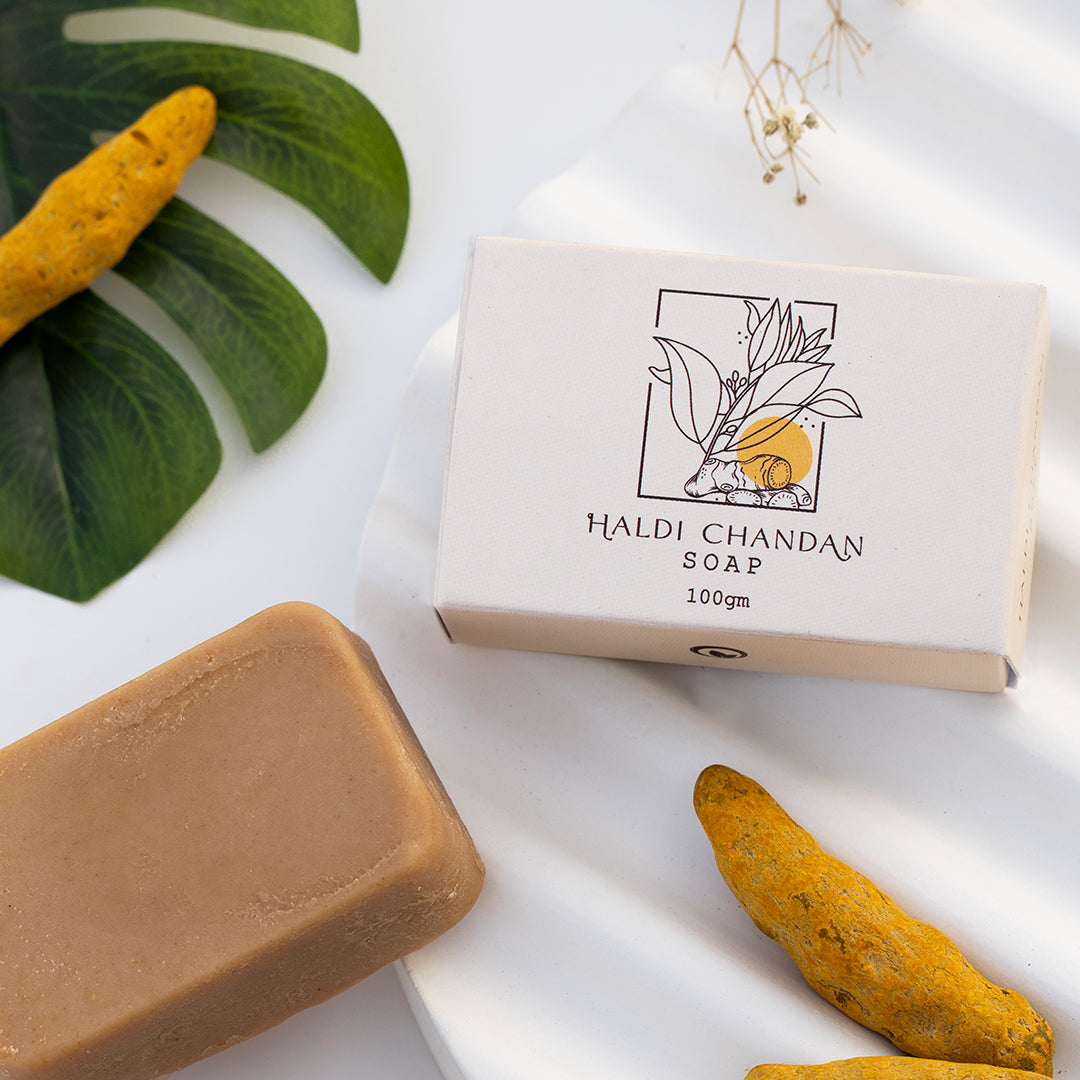Do you love the nutty, rich smell of the ghee? Do you have a memory of your grandma regularly undertaking the ghee-making process? Does your roti, rice, dal seem tasteless without a big dollop of ghee? Well, tell me you are an Indian without telling me you are an Indian.
Any Indian will vehemently tell you that ghee is the most delicious thing ever. They will also eagerly share anecdotes of their grandmothers insisting that it is a natural cure for many ailments. This ancient superfood, and super medicine, advocated by Ayurveda, has been an integral part of a sattvic bhojan (sound eating regimen) since times immemorial. Years later, nothing has changed. In fact, ghee has managed to transcend all debates about substitutes, harmful fats, and diets.
Simply put, ghee is central to our culture. This magical golden liquid, which is a staple in our households, is made from the milk of cows. Ayurveda places it on the top of the must-have food list.
Ghee is known as Ghṛita in Sanskrit. Essentially it is clarified butter made by heating white butter until clear golden liquid is attained and the milk solids sink to the bottom. The Sushruta Samhita states that ghee is advantageous for the entire body. It helps to build the sapta dhatus in our body and calms the Vata and Pitta doshas. This is due to abundant antioxidants, linoleic acid, and fat-soluble vitamins like A, E, and D present in ghee.

Let’s look at some more benefits of Ghee which leads to its widespread use in Ayurveda:
• It makes a wonderful body oil for massage and can serve as a base for herbal ointments (for burns, skin rashes, etc.)
• Ghee is a digestive. It helps to improve absorption and assimilation.
• It nourishes ojas, tejas and prana.
• It is good for improving memory and lubricates the connective tissue.
• Ghee makes the body flexible and, in small doses, is tridos shamak.
• Ghee is yogavahi, i.e adopts the characteristics of the medicines it is infused with. It is an agent that carries the medicinal properties of herbs into the seven dhatus or tissues of the body.
• It is very useful in treating cholesterol issues. It must be a part of your daily diet since it helps in preventing acidity and aids digestion.
• It enhances eyesight
• It helps to reduce stress, anxiety, risk of cancer, diabetes and improves immunity.
• It is anti-inflammatory in nature
• Consumption of cow ghee is beneficial during pregnancy, but in proper proportion and only after consulting a doctor.
• In facial paralysis, cow’s ghee is introduced in the nostrils through nasya therapy as part of panchkarma.

Ghee can also be beneficial in beauty and skin care. Use it as a replacement for your beauty products.
• Ghee helps lessen under-eye bags and dark circles.
• Ghee helps make the lips smooth and supple.
• Ghee is extensively used for abhyanga and infused with herbs to cure specific ailments.
These rich, nourishing, and luxurious qualities of this golden nectar, make ghee essential in every Ayurvedic kitchen. And while the traditional ways of administering ghee are still as popular as they are true; here are a few ways to innovatively incorporate ghee into your daily routine.
• Replace salty butter with ghee and honey on your morning toast.
• Add a spoonful of ghee to your morning tea or coffee.
• Use ghee instead of oil/butter as your salad dressing.
• Use instead of butter for baking.
• Add a spoonful to your morning porridge or cereal.
